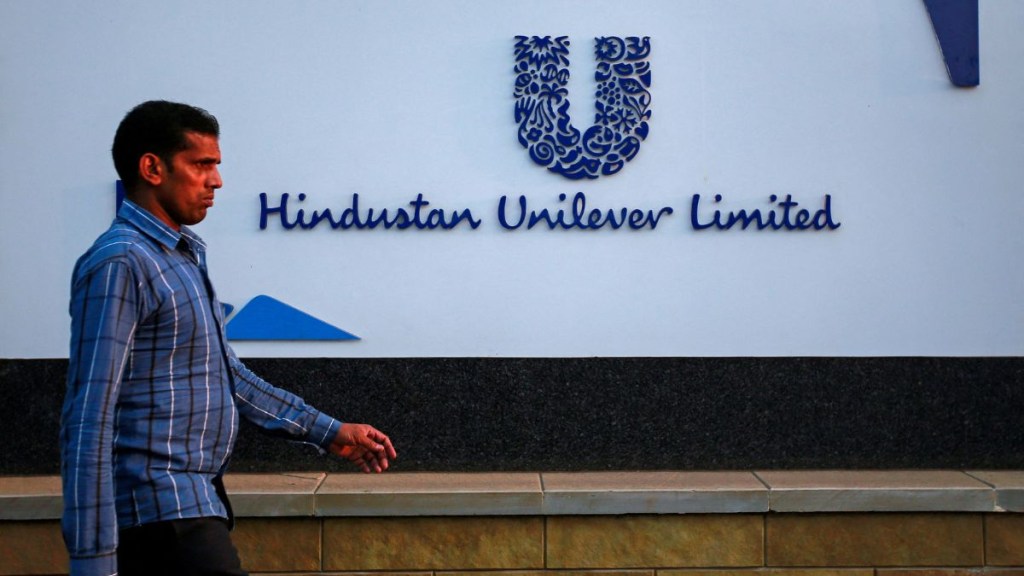Jeffries sees 6% upside potential in Hindustan Unilever and assigned Hold rating with an upside target of Rs 2,720. “In our base case, we forecast c.7% annual growth in revenues over FY23-26E with 140bps EBITDA margin expansion. Input inflation is abating, albeit HUL is seeing only a gradual volume growth recovery. We forecast EPS to rise at a 10% CAGR over FY23-26E. We value HUL at 52x Sep-25 earnings, slightly below the 5-yr average, to arrive at a price target of Rs 2,720, said Jefferies in its report.
Jeffries highlighted the organisational changes within the company, as Hindustan Unilever split its BPC segment into two, namely Beauty & Well-being and Personal Care, to further sharpen focus and align with global Unilever segments. Harman Dhillon and Kartik Chandrasekhar have been appointed to lead these segments. Additionally, to spearhead the digital transformation, the company has appointed Arun Neelakantan as Chief Digital Officer, who is now also a member of the management committee.
Nielsen reported negative pricing growth in retail sales as trade pipelines adjust and companies implement price reductions, leading to an expected slight dip in Hindustan Unilever’s pricing growth in Q3. The FMCG sector’s high competition maintains elevated media intensity, resulting in sustained high advertising and promotion spending. Input prices jumped in the June/September quarter, impacting Hindustan Unilever’s gross margin with a predicted on-quarter dip but continued on-year expansion. Hindustan Unilever’s decision to end its distribution arrangement with GSK for the OTC portfolio starting November 2023 will affect FY23 earnings by Rs 330 crore. Despite these challenges, EBITDA margins are anticipated to remain within the range observed in recent quarters, said Jefferies.
Jeffries, however, expressed concerns about the slow growth of the FMCG market and said that October’s performance mirrored September, with expected festive season growth not materializing. Industry volumes grew modestly at 2% 2Y CAGR, with rural areas flat and urban areas growing 3% over 2 years.

